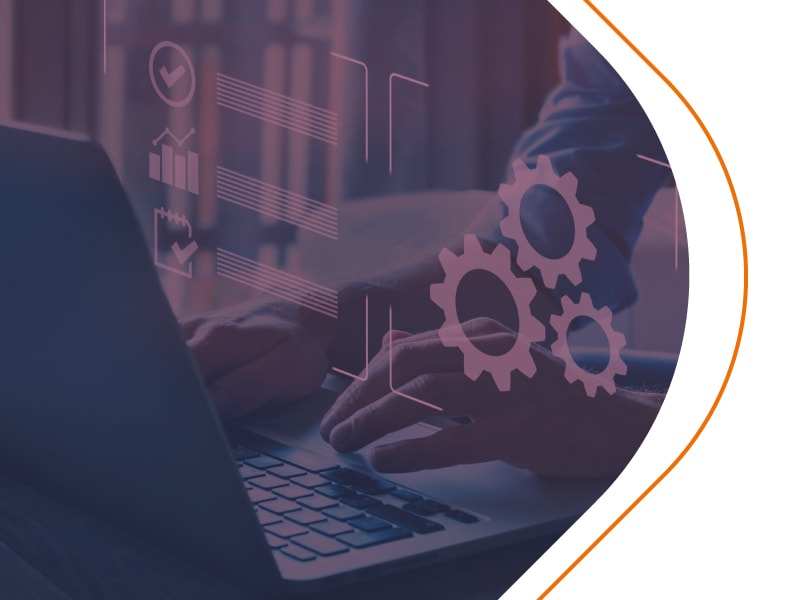Home > AssistEdge > Blogs > Touchless Processing – The Genesis of RPA Technology
Touchless Processing – The Genesis of RPA Technology

Over the last 2 decades organizations have invested billions of dollars in technology including ERPs and other solutions with the aim of automating all processes and making them ‘Touchless’.
Touchless Processing is one wherein no human intervention is required to complete any task other than decision making ones. The most common example of this is Invoice Processing where in an ideal scenario no human intervention is required to pay and a PO based invoice is received from the supplier, provided it matches all the defined validations.
ERPs helped in:
- Integration of data across various domains (finance, HR, procurement, sales functions)
- Removal of paper by digitizing all transactions and standardizing all processes
- Real-time availability of data that can help in strategic planning
But ERPs were UNABLE to help make the processes touchless due to multiple reasons:
- ERPs are internal to an organization and are therefore not accessible to external business partners
- ERPs are NOT designed for all types of user tasks and all steps of current processes
- Manual effort is required for continuous training, change management and handling adoption
- Manual effort is also required for managing technology and ERPs operations
These shortcomings led to the next evolution of cloud based self-service, domain centric, specialized systems like Salesforce, Success factors, Ariba, to name a few. These cloud systems helped overcome the above issues of mapping all the steps of processes and connecting with external business partners, but required more effort for integration and change management.
Moreover, as these cloud systems added a new functionality, they also required more effort from the business users. For example, when a catalog system is introduced, it also brings with itself the need for supplier onboarding and content management. Unless this is done, the technology cannot not become effective. As these systems increase workload instead of reducing the overall effort, as technology introduction is ideally supposed to, business users are not very happy with this idea This leads to adoption issues and the original business case for technology investments suffers.
To solve this problem, organizations started looking for solutions that:
- Stitch processes across systems/landscapes without large integration projects and while leveraging existing investments
- Reduce manual effort, increase agility, increase scalability and improve flexibility
- Perform repetitive rule-based tasks and improve consistency, productivity and data quality
This gave birth to Robotics Process Automation or RPA as it is known today. As per IRPPAI, “RPA is the application of technology that allows employees in a company to configure computer software or a “robot” to capture and interpret existing applications for processing a transaction, manipulating data, triggering responses and communicating with other digital systems.”
In my next blog, I will explain how this software, “Robot” is helping organizations to make processes nearly touchless. I will conclude this series with a blog explaining the future of RPA and how when coupled with machine learning and artificial intelligence it can lead to 100% ‘Touchless Processes’.


Shubham Tripathi
Product Business Development Manager at EdgeVerve
Shubham is a passionate business technology enthusiast and has led development of 10 enterprise products, 4 source to pay transformations and 20+ enterprise portal and mobility projects. Shubham loves to explore new technologies, understand business problems and provide innovative solutions. Currently he is exploring new technologies like robotics process automation, artificial intelligence and blockchain and utilizing them to make sourcing and procurement more efficient.
More blogs from Shubham Tripathi >